These Water-Focused Data Tools Support Tribal Land & Climate Planning
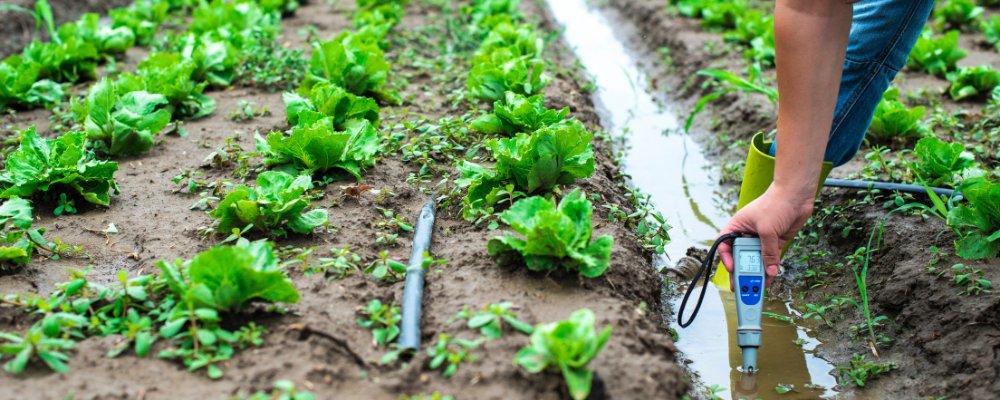
The Native Land Information System (NLIS) is home to over 120 public, free data tools and resources that were created to support tribal communities in developing climate-smart land management strategies. We are excited to share some of our new water data tools with you, as well as reintroduce you to some of our earlier water-related […]
Keystone Data Tools for Native Land Planning: View the webinar recordings & share your feedback
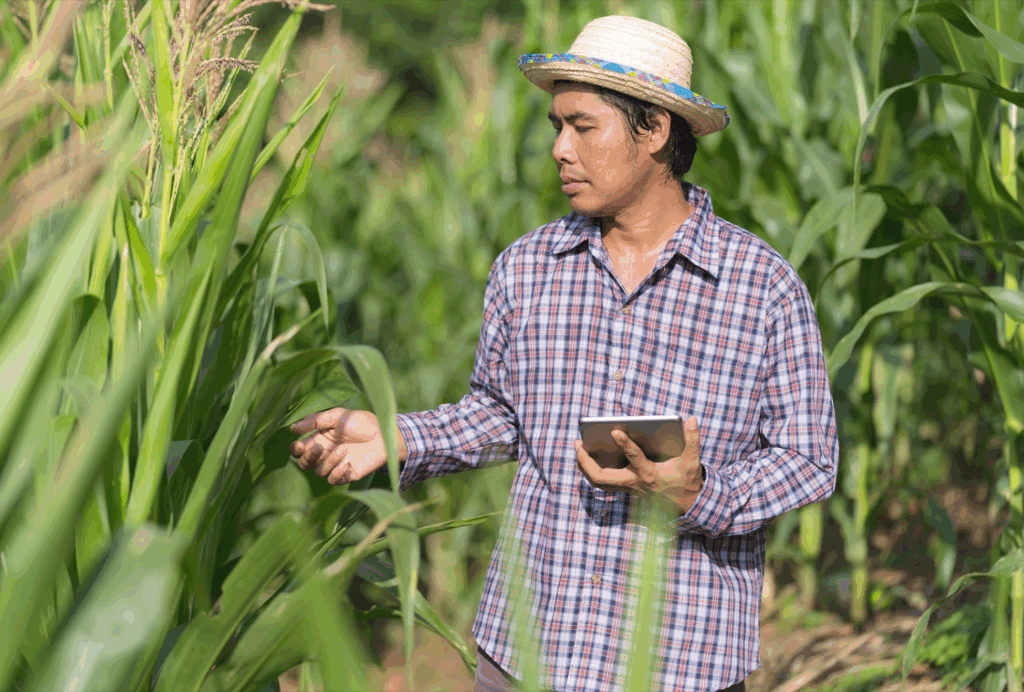
This month, the Native Lands Advocacy Project (NLAP) wrapped up our webinar series: Keystone Data Tools for Native Land Planning. These webinars introduced attendees to three foundational datasets that Native Nations & citizens can use to make informed, sovereign decisions for their futures: The USDA Census of Agriculture for American Indian Reservations The National Land […]
Creating a Historic Loss Assessment, Part 2: Loss of life and Extraction of minerals
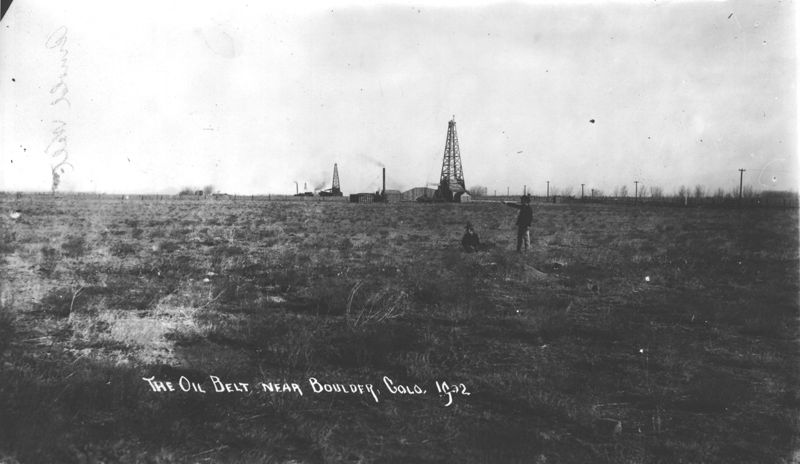
By calculating land dispossession, this report seeks to not only identify what has been taken from Native peoples but also how this theft became the original source of capital that built Colorado and the West.
We Remain Committed to Empowering Tribal Self-Determination & Data Sovereignty
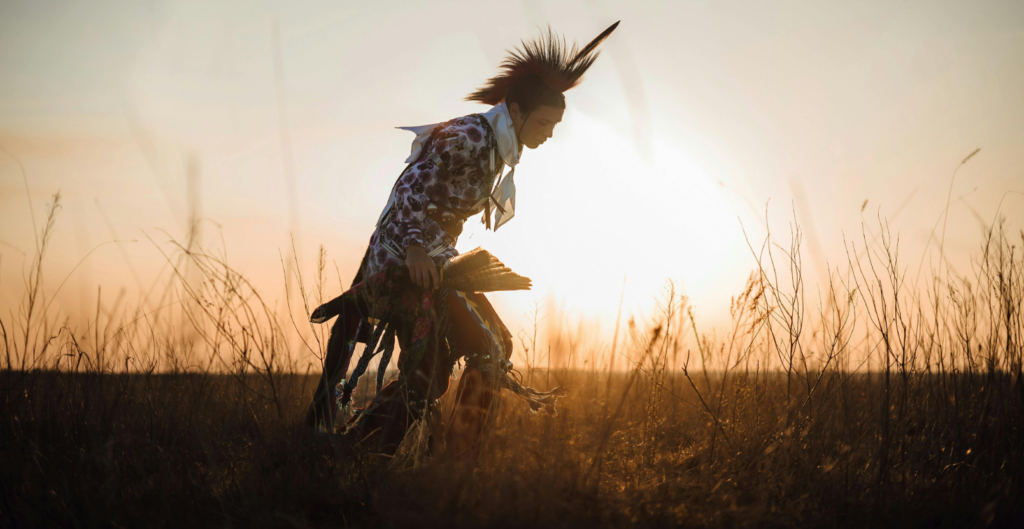
The Native Lands Advocacy Project (NLAP) was founded in 2019 to provide much-needed data support to Native American communities. As a project of the nonprofit Village Earth, NLAP is inspired and guided by 30+ years of grassroots work in direct support of communities’ needs. Since NLAP’s inception, our work has been guided by the needs […]
Announcing our Webinar Series: Keystone Data Tools for Native Land Planning

The Native Lands Advocacy Project (NLAP) is hosting a webinar series on three of our key data tools. Join these 45-minute webinars to learn about our Agriculture on Native Lands dashboard, Land Cover dashboard and map, and Cropland Data Layer dashboard! These free, public data tools are not only powerful for tribal planning on their […]
Key Findings from NLAP’s Literature Review of Tribal Climate Adaptation Plans
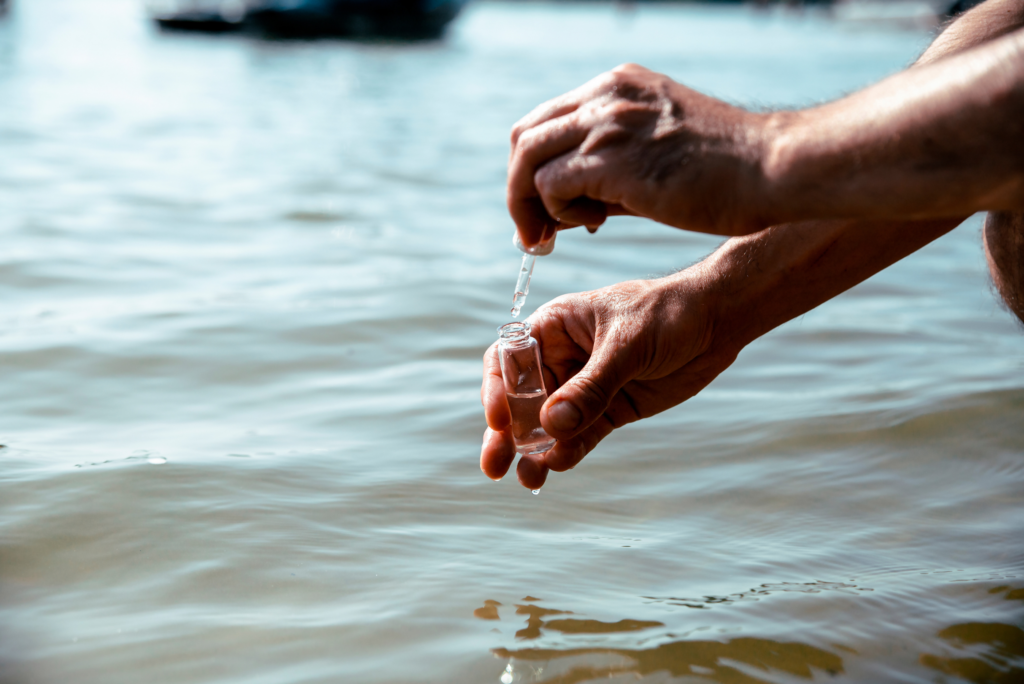
What climate concerns do tribes across the United States share? How do these climate concerns vary by region? Our Tribal Climate Literature Review identifies preliminary answers to these questions and provides insights to empower tribal climate planning.
Announcing Our New Storymap: The Buffalo’s Resilience in the Face of Settler Colonialism
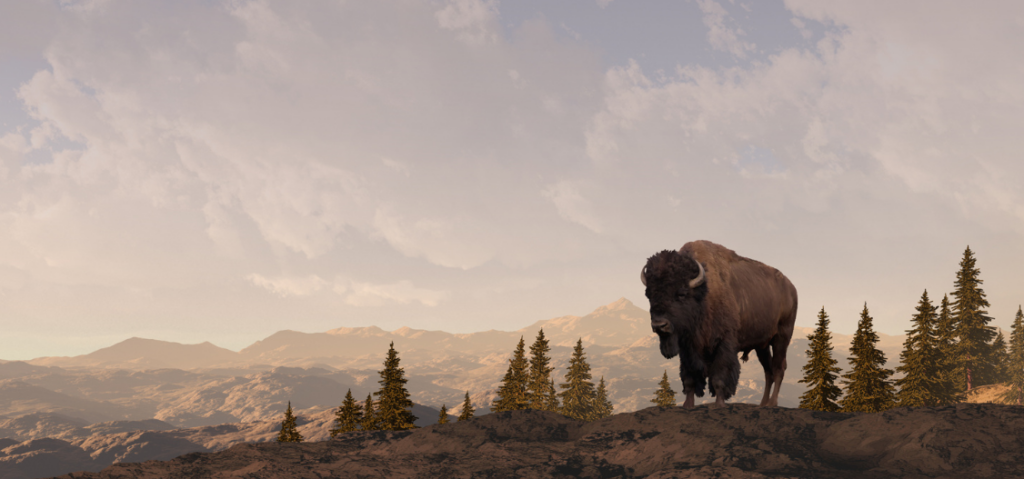
As Native nations reintroduce buffalo to the lands they’ve stewarded since time immemorial, their lands, ecosystems, and communities heal.
Check Out These Data Tools for Native Farmers & Ranchers
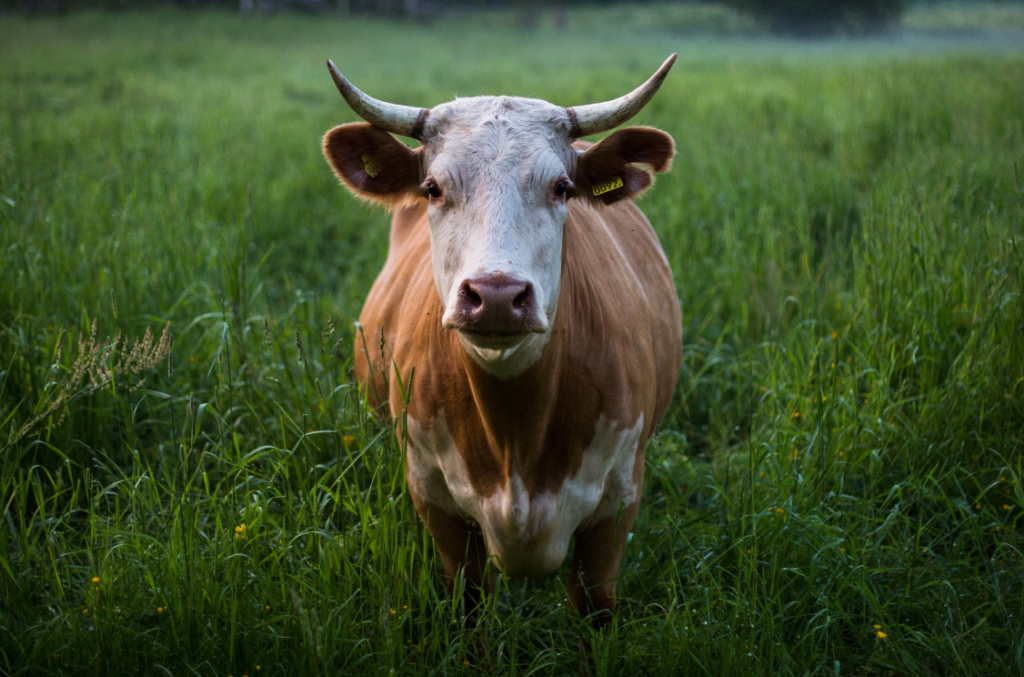
Native farmers and ranchers are major contributors to their reservation economies, food systems, and land stewardship. Recognizing this, NLAP has created dedicated pages of Data Tools for Native Farmers and Data Tools for Native Ranchers. Read more about these pages here.
Honoring David Bartecchi
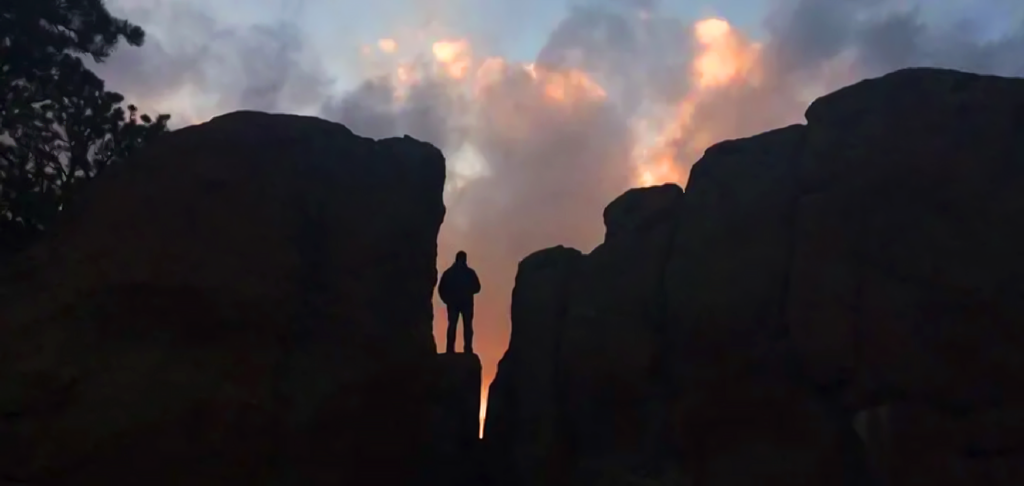
Today and every day, we honor the memory of David Bartecchi: a beloved husband and father, an esteemed member of his community, and a good relative to the earth and all people. David served as the Executive Director of the 501(c)(3) nonprofit Village Earth from 2008 onward. In 2019, he co-founded the Native Lands Advocacy […]
Creating a Historic Loss Assessment, Part 1: Native history and land dispossession
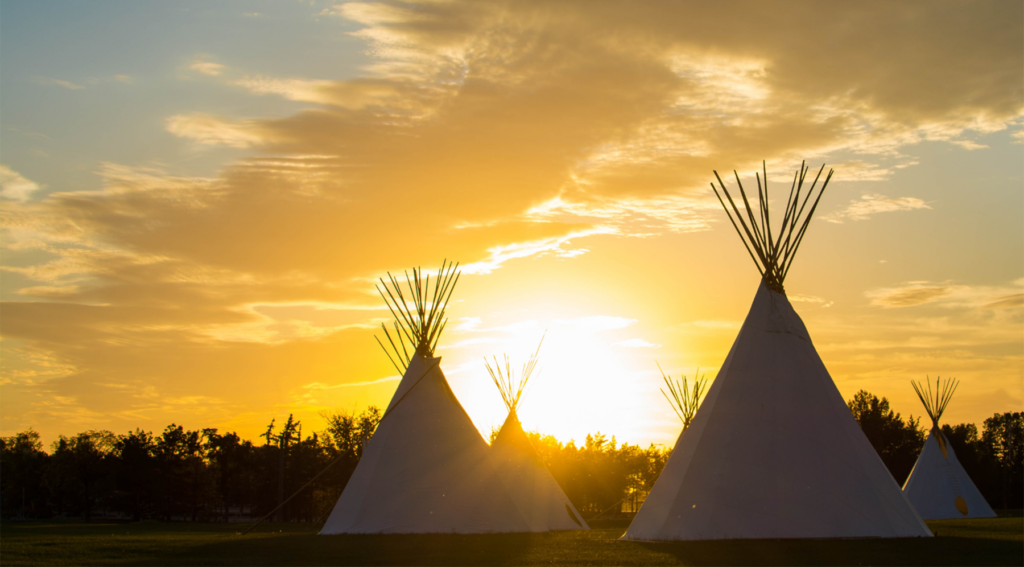
By calculating land dispossession, this report seeks to not only identify what has been taken from Native peoples but also how this theft became the original source of capital that built Colorado and the West.
New Data Tools for Fire Stewardship on Native Lands
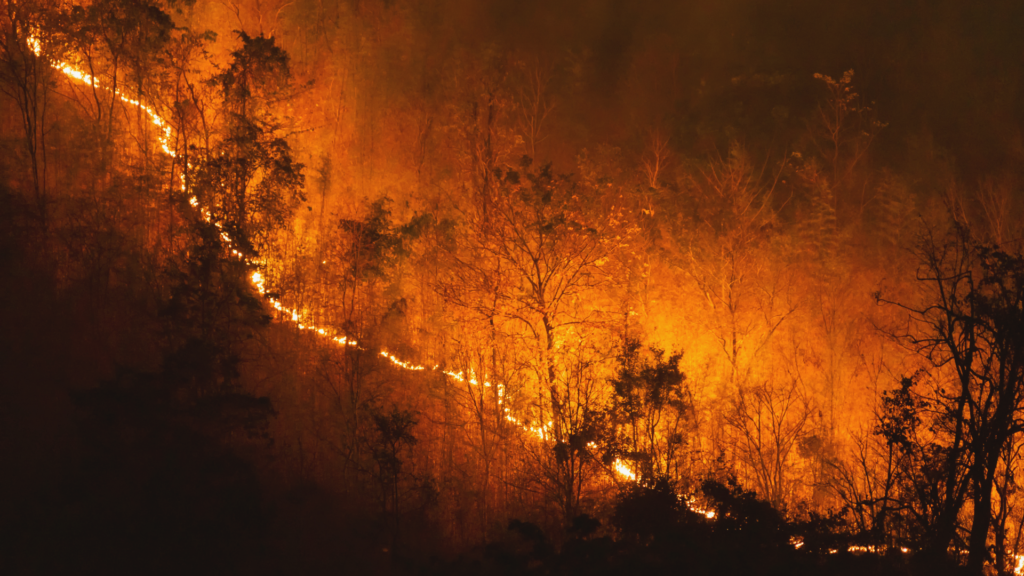
The Native Lands Advocacy Project (NLAP) is excited to highlight three data tools related to fire on U.S. Native lands. These three tools (our Thermal Activity Map, Environmental Risks Dashboard, and Extent of Fires on US Native Lands Dashboard) can help users understand the factors contributing to wildfires and their impact on Native Nations. These […]
Introducing the Historic Loss Assessment: Articulating lost lives, land, and resources for the Native Nations in your state
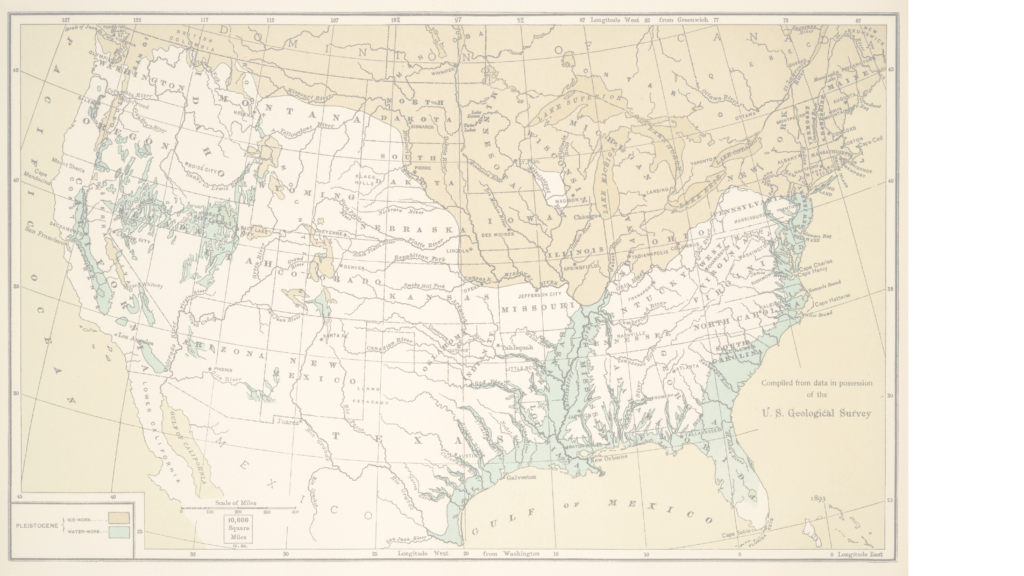
While much of settler colonialism’s harm to Native Nations is unquantifiable, assessments like this provide data that helps tell those Nation’s stories.

